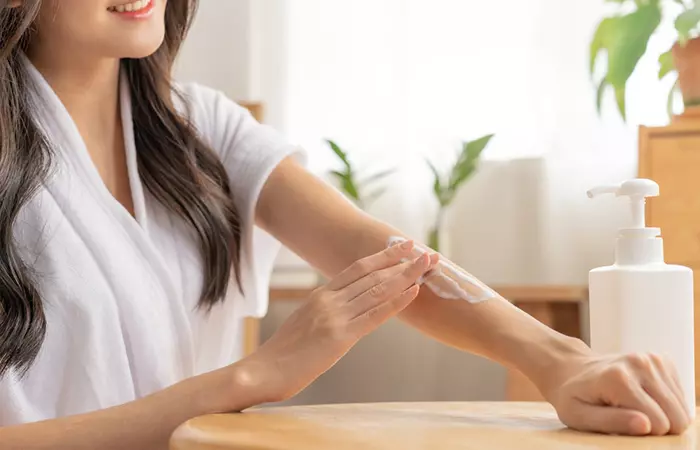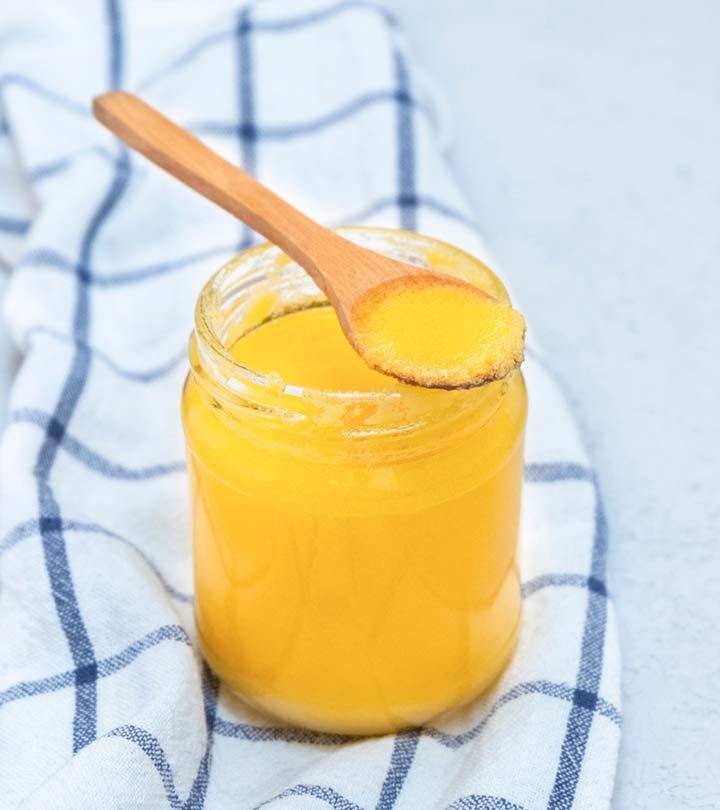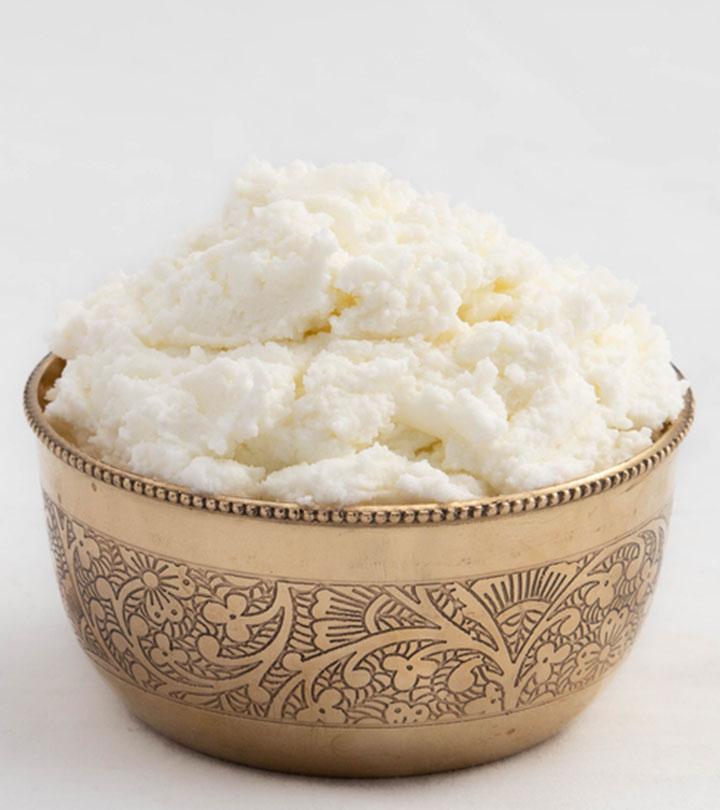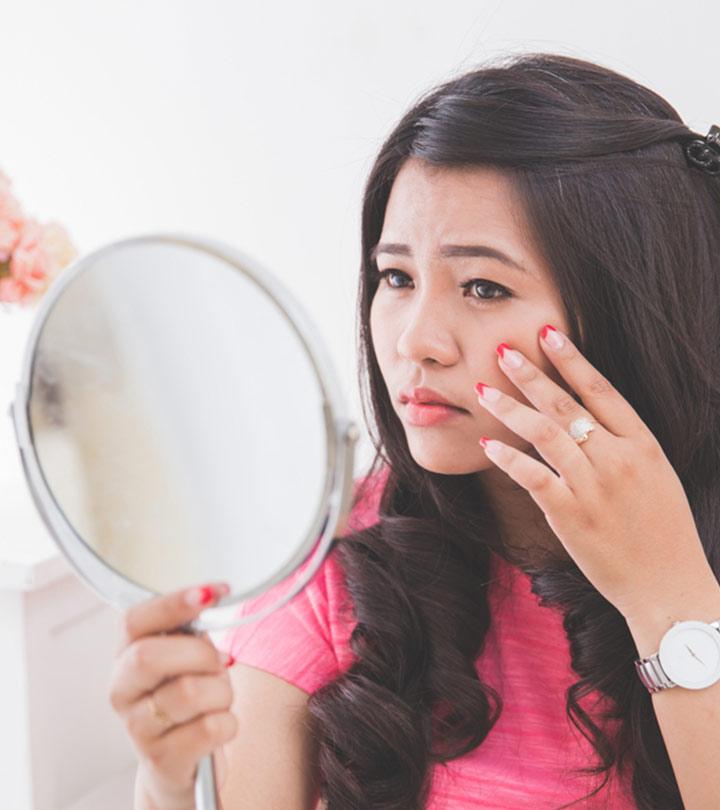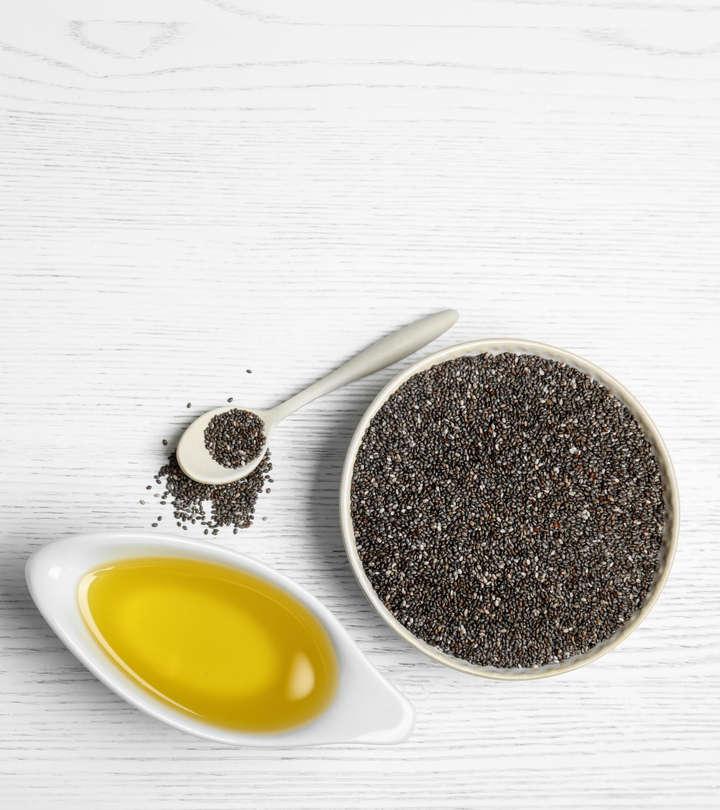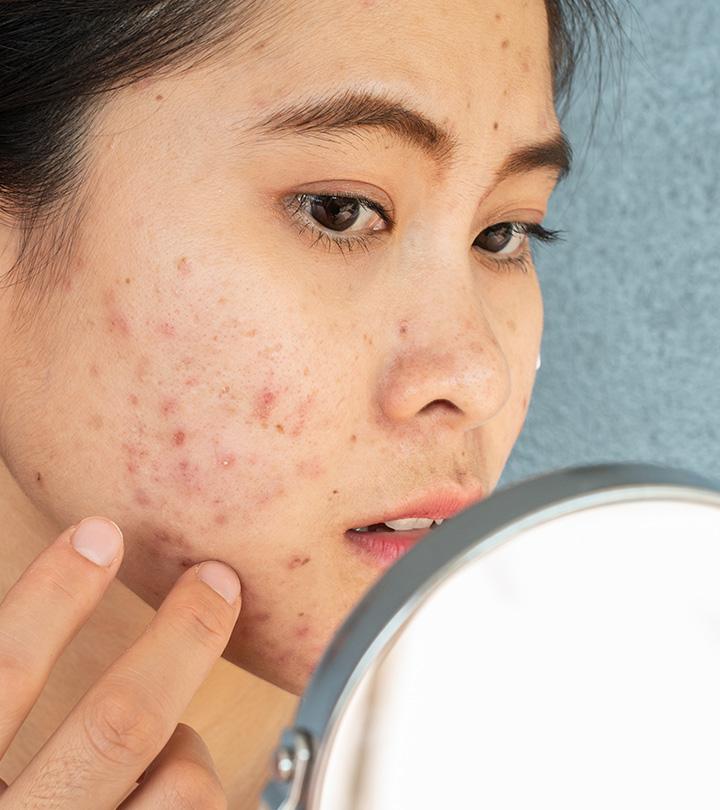Cold Waxing: Benefits, How To Do It, And Side Effects
Evaluate the pros and cons of this waxing method before trying it at home.

Image: Shutterstock
Cold waxing is one of the simplest ways to get rid of unwanted body hair. It is easier than other methods like plucking, hot waxing, and sugaring. You can buy cold wax strips, apply them to the target area, and pull to remove hair strands, leaving soft and smooth skin.
Unlike hot waxing, there is no need to use heat to soften the wax. Moreover, you can carry the strips easily while traveling and use them. This is one reason cold waxing is preferred by many, especially those who travel a lot.
If you are tired of unwanted body hair and looking for a simple way to get rid of them, try cold waxing. Read this article to learn the step-by-step process of using cold wax strips, the benefits of the process, precautions to take, and other information. Scroll down.
In This Article
Difference Between Hot And Cold Wax
Waxing is classified into hot and cold waxing based on the temperature at which they work. Below is a list of other vital differences that segregate these two methods:
- Temperature: Hot wax requires an external heat supply to raise its temperature and melt the product. The wax is heated up to 54°C to be used on the skin. On the other hand, you only need to warm the cold wax strips by rubbing them between the palms before use.
- Requirement Of Additional Help: Hot waxing is a complex process and requires professional beauticians. The preparation and application require adhering to numerous guidelines, failing which the user might get severe burns. On the other hand, cold waxing requires no professional help or support to remove hair. You also don’t have to worry about accidental burns and cuts.
- Problem Areas: Since it is done manually with the help of a spatula, and the amount of application depends on the type of hair or intensity of hair growth, hot wax works brilliantly on coarse hair, such as the leg, chest, and pubic hair. On the other hand, cold wax works better to remove finer hair in sensitive areas, such as those on the bikini area, underarms, thighs, and facial region. From the fine hair on the chin, sidelocks, and forehead region to the fine yet denser hair on the upper lips and cheeks, cold wax for the face is indeed convenient and comparatively less painful.
 Fun Fact
Fun FactCold waxing is a mess-free and efficient way to remove unwanted hair. Head to the next section to learn about cold wax ingredients and understand its benefits in detail.
Cold Wax Ingredients
The ingredients in cold wax formulations may vary slightly from one brand to another, but they usually include:
- Natural Resins: Resins make the primary ingredient in cold wax that provides the stickiness needed to grip and remove hair effectively from the root.
- Natural Oils: Some cold wax products incorporate natural oils like coconut, olive, or jojoba to enhance the wax’s pliability and moisturizing properties.
- Beeswax: Beeswax adds to the wax’s consistency and makes it more suitable for removing hair.
- Glycerin: Glycerin helps maintain the wax’s moisture and smooth texture.
- Emollients: Emollients like shea butter or aloe vera soothe and moisturize the skin, reducing post-waxing irritation.
- Fragrances: They improve the product’s scent and overall user experience.
Always read the product label to understand the specific ingredients used in any given cold wax formulation, especially if you have allergies or sensitive skin.
Benefits Of Cold Waxing
• Hassle-free And Convenient
Cold wax fits seamlessly into the modern-day lifestyle. The wax strips are readily available at drugstores and supermarkets and do not require any salon appointment to carry out the process. Also, you don’t even need to rinse with water or soap after waxing. Just strip away that unwanted hair, moisturize, and get going!
- Pocket-friendly
Cold wax strips are an inexpensive alternative to other hair removal methods like epilators, shaving creams, razors, hot waxing, and plucking. What’s more? Despite being more affordable, they are as effective as hot wax.
- Painless
They are a pain-free and efficient solution for all unwanted body hair. There is no danger of burning the skin or accidental cuts. Cold wax strips are useful even for waxing sensitive areas like the underarms, chest, and bikini areas.
- Removes Fine Hair
Since cold wax is gentler on the skin and is pre-applied to the strips, there is a lesser chance of using an excessive product on sensitive areas. This makes the entire process more efficient and easier than traditional waxing or plucking.
- Lesser Ingrown Hair
Repeated waxing, which essentially works by pulling out the hair follicles from the root, lessens the frequency of ingrown hair and provides smooth skin.
- Delayed Hair Growth
Just like hot waxing, repeated usage of cold wax strips also lessens the intensity of hair regrowth. The hair follicles slowly tend to become finer and sparse, resulting in smoother skin and longer intervals between two waxing sessions.
Heidi, a vlogger, was impressed after using a cold wax kit for the very first time. She reveals, “Hair removal [using] a wax kit really helped me to achieve that smooth skin (i).”
From ease of use to efficiency, the benefits of cold waxing are aplenty. Though it isn’t a tricky process, let us see how you can use cold wax to get smooth and hairless skin. Read on.
How To Use Cold Wax
Unlike hot waxing, where you have to heat the wax to around 54°C, cold waxing is a fairly simple process. Apply a thin layer to the desired area of your body, and then pull it up with a strip of cloth (or on its own in case of hard wax).
This method of hair removal does not make any hot mess. On the contrary, pre-coated cold wax strips are readily available at drugstores and beauty stores. All you need to do is rub the strip gently between your palms for about 10 seconds to warm the wax, pull out the wax cover, stick the strip on the desired area, press in the direction of your hand, hold your skin taut, and pull away the wax strip. The cold wax strips can be reused numerous times (in the same session) on different areas until they lose their stickiness.
 Quick Tip
Quick TipCold wax involves direct contact with the skin and comes with its set of flaws. However, the drawbacks are limited. The next section discusses the side effects of cold waxing to help you make an informed decision.
Side Effects Of Cold Waxing
- Not Recommended For Thick Hair
Unlike hot waxing, shaving, depilatory creams, etc., cold wax strips may not work genially on coarser body hair, especially those on the legs and pubic region. You might need to go over a single area multiple times for total hair removal, resulting in skin irritation and discoloration. However, for fine, normal, and thick body hair, cold waxing is a fuss-free choice.
- Not Precise Enough
While hot wax sits precisely on the contours of the body and removes even short hair, cold wax does not offer the same precision as it comes in pre-coated strips. The hair needs to be at least one-eighth of an inch long for the cold wax strip to work its charm.
- Avoid During Menstruation
Intimate areas are more sensitive during menstruation, so cold wax strips are not recommended for bikini hair removal during this time. If the user ignores this guideline, they might experience redness, irritation, and even bumps.
Despite it being user-friendly, you should take all precautions to reap maximum benefits of cold waxing. Below is a list of a few pre- and post-waxing measures to help you experience a safe and convenient session.
Precautions For Cold Waxing
- Avoid Chemical Treatment
If you have undergone any chemical skin treatment recently, such as a chemical peel, or are applying active retinol, you would want to take a few days off before your waxing session. These chemical treatments are known to make your skin sensitive, and waxing may lead to skin irritation or other issues.
- Use SPF
Cold waxing may cause skin irritation, bumps, and increased sun sensitivity for a few days. Hence, applying sunscreen becomes mandatory after a waxing session. Even if you are not venturing out in the sun, you might want to use SPF at home or in the evening as a precautionary measure.
- Skip The Deodorant
As is with any other hair removal procedure, leave a 24-hour gap between cold waxing and using deodorants or perfumes with a high alcohol percentage. Applying the same immediately after waxing might cause skin irritation, bumps, redness, or even permanent black spots. This is especially applicable for the underarm area and hands.
- Use Coconut Oil As A Moisturizer
Coconut oil is renowned for its soothing effect on the skin. Using the oil after cold waxing not only calms the irritated skin but also moisturizes it, making it appear healthier than before.
Infographic: Cold Waxing: Essential Pointers For Smooth Results
Most of us dread the burning hot waxing session at the salon and look for alternative hair removal methods. Cold waxing is a great affordable solution to stay away from scorching hot wax. The process of using cold wax is relatively simple, but some essential tips can make it easier and more effective. Check out the infographic below for tips and precautions to follow while using cold wax strips.

Illustration: StyleCraze Design Team
Cold waxing is a convenient and preferred method of body hair removal, especially while traveling. It is budget-friendly, removes fine hair, reduces ingrown hair, and is relatively painless compared to hot waxing or any other hair removal method. To ensure you experience a safe and pain-free session, avoid chemical treatments before waxing and use moisturizer after your session to keep your skin soft and hydrated. While cold waxing is amazing, it may not be as precise as hot wax and should be avoided on your periods to avoid skin irritation.
Frequently Asked Questions
How long does a cold wax last?
A cold wax result may last up to 5 to 6 weeks.
Is it okay to use cold wax on your pubic hair?
Yes, cold wax is safe for pubic hair as it helps remove fine hair.
Is cold wax good for the face?
Yes, you can use cold wax on your face as it is convenient and painless.
Key Takeaways
- Cold waxing is a quick and efficient approach to getting rid of unwanted hair.
- It is quicker and more convenient than plucking, hot waxing, or sugaring.
- Cold waxing removes fine hair, slows hair growth, reduces ingrown hair, and provides smooth skin.
- However, it is not suggested for thick hair and is not precise enough for use on facial hair.
Learn the art of armpit waxing with cold wax in this detailed video. Discover step-by-step instructions and expert tips for smooth and effective hair removal. Check out the video and get ready for flawless results and silky underarms!
Personal Experience: Source
StyleCraze's articles are interwoven with authentic personal narratives that provide depth and resonance to our content. Below are the sources of the personal accounts referenced in this article.
i. Tried waxing my legs for the first time (hair removal cold wax kit)https://www.youtube.com/watch?v=TKktAUrbnpM
Read full bio of Dr. Somodyuti Chandra
Read full bio of Ramona Sinha
Read full bio of Shiboli Chakraborti









